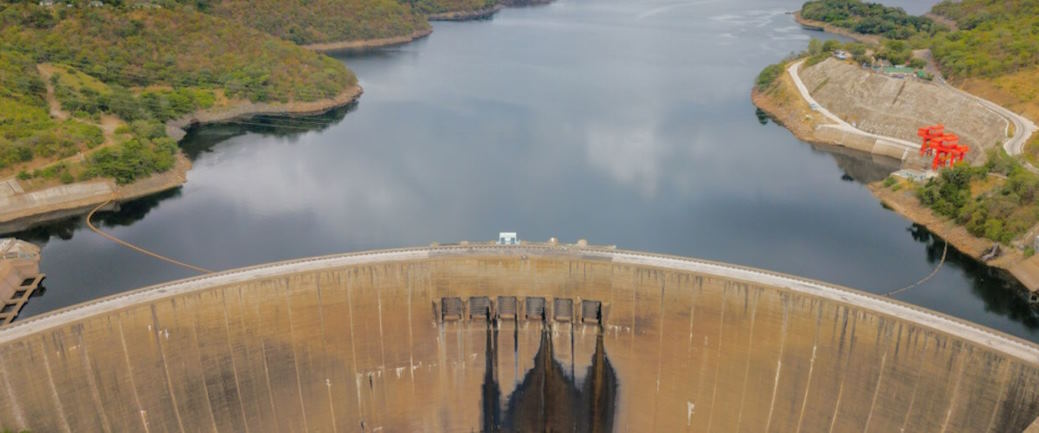Hydroelectric power has long been recognized as a vital renewable energy source, providing clean and reliable electricity to millions of people worldwide. Hydroelectric power plays a crucial role in the global transition towards sustainable energy systems with its ability to harness the power of flowing water. However, like any complex energy infrastructure, hydroelectric power faces its own set of challenges that need to be addressed for optimal performance and sustainability.
What are the challenges of hydroelectric power, and how to solve them?
Environmental Impact
Large-scale dam construction can disrupt natural river ecosystems, alter water flow, and impact aquatic habitats and biodiversity. The good idea is to implement ecosystem-based approaches, such as fish passage systems, sediment management strategies, and environmental flow releases, to mitigate environmental impacts. Besides, it’s important to conduct environmental impact assessments and consider alternatives.
Social and Cultural Considerations
Hydroelectric projects can lead to community displacement, loss of cultural heritage, and conflicts over land and water rights. People should foster collaboration and partnerships with local communities, respect indigenous rights, and ensure fair compensation and benefit-sharing arrangements.

Technical and Engineering Challenges
Aging infrastructure and the need for upgrades and modernization can pose technical challenges for hydroelectric power plants. It’s important to invest in the maintenance and rehabilitation of existing hydroelectric facilities. Employing advanced turbine technology and innovative dam design can improve efficiency and reliability. Besides, the great idea is to implement remote monitoring systems for real-time performance monitoring and predictive maintenance.
Climate Change Resilience
Climate change can lead to changing precipitation patterns, altered river flows, and increased frequency of extreme weather events, affecting hydroelectric power generation. That’s why people should enhance climate resilience by improving forecasting and modeling techniques to anticipate and manage change in hydrological conditions. It’s also possible to develop adaptive management strategies to optimize operation and maintenance.
Regulatory and Policy Frameworks
Complex and lengthy regulatory processes, licensing requirements, and environmental impact assessments can hinder the development of hydroelectric projects. Developing clear and transparent regulatory frameworks that balance environmental, social, and economic considerations is crucial. Besides, streamlining licensing processes, ensuring thorough environmental impact assessments, and encouraging public participation can lead to better project planning and decision-making.
Financing and Cost Considerations
Lastly, financing large-scale hydroelectric projects can be challenging due to high upfront costs and long payback periods. It can be solved by developing innovative financing models, including public-private partnerships, green bonds, and international funding mechanisms.
Addressing these challenges requires a holistic approach that integrates environmental, social, technical, regulatory, and financial considerations. In any case, it involves collaboration among stakeholders, including governments, local communities, industry experts, researchers, and non-governmental organizations.
